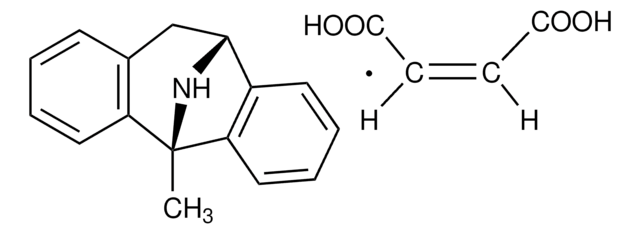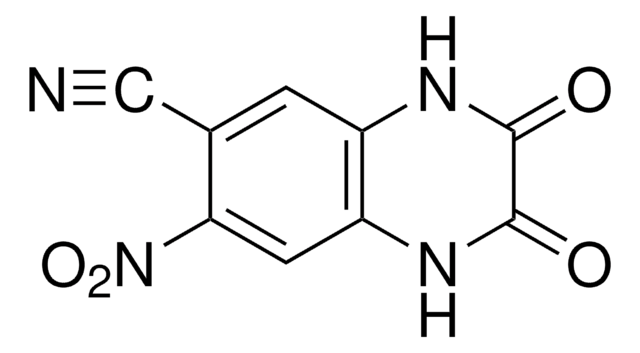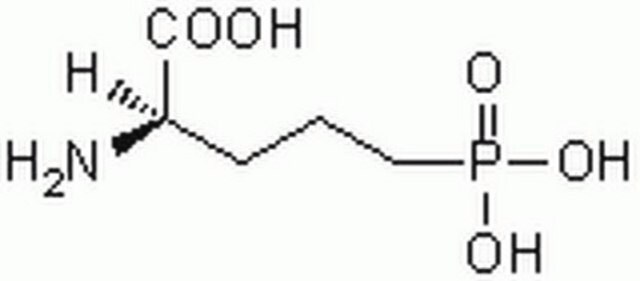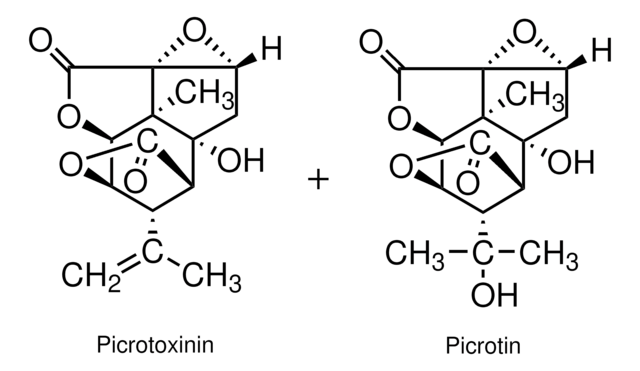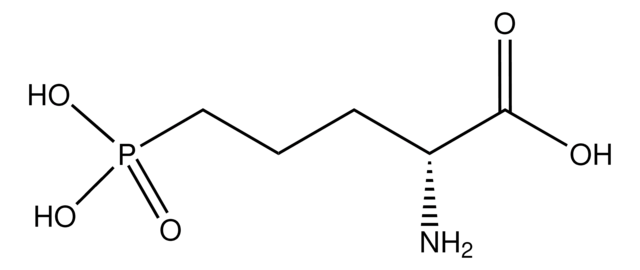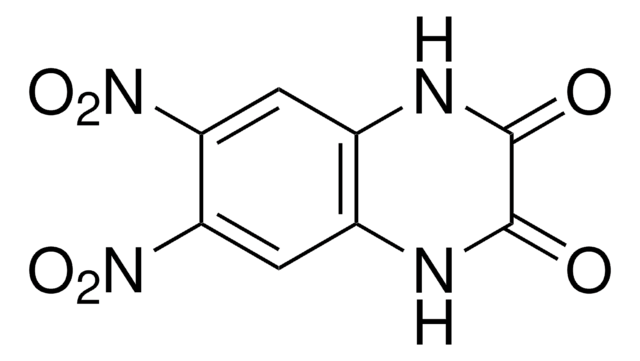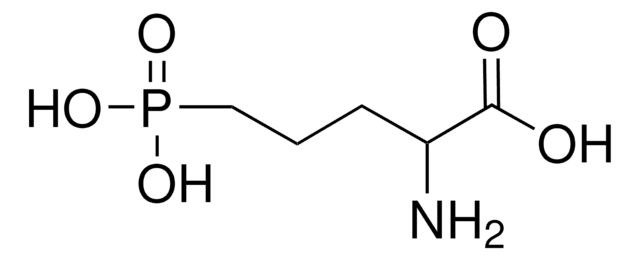ABN2251
Anti-phospho NMDAR2A (Ser1459)
Synonym(e):
GluN2A, Glutamate [NMDA] receptor subunit epsilon-1, Glutamate receptor ionotropic NMDA 2A, N-methyl D-aspartate receptor subtype 2A, NR2A, hNR2A
About This Item
WB
western blot: suitable
Empfohlene Produkte
Biologische Quelle
rabbit
Qualitätsniveau
Antikörperform
purified antibody
Antikörper-Produkttyp
primary antibodies
Speziesreaktivität
human
Verpackung
antibody small pack of 100
Methode(n)
immunocytochemistry: suitable
western blot: suitable
Isotyp
IgG
Epitopsequenz
C-terminal
Protein-ID-Hinterlegungsnummer
UniProt-Hinterlegungsnummer
Angaben zum Gen
human ... GRIN2A(2903)
Spezifität
Immunogen
Anwendung
Evaluated by Western Blotting in lysates from wild-type HEK293T cells.
Western Blotting Analysis: A 1:1,000 dilution of this antibody detected NMDAR2A phosphorylated on serine 1459 in lysate from HEK293T cells, but not in lysates from cells transfected with S1459A NMDAR2A.
Tested Applications
Western Blotting Analysis: A representative lot detected phospho NMDAR2A (Ser1459) in Western Blotting applications (Wyklicky, H., et. al. (1988). Wien Klin Wochenschr. 100(7):208-10).
Immunocytochemistry Analysis: A representative lot detected phospho NMDAR2A (Ser1459) in Immunocytochemistry applications (Wyklicky, H., et. al. (1988). Wien Klin Wochenschr. 100(7):208-10).
Note: Actual optimal working dilutions must be determined by end user as specimens, and experimental conditions may vary with the end user.
Zielbeschreibung
Physikalische Form
Rekonstituierung
Lagerung und Haltbarkeit
Sonstige Hinweise
Haftungsausschluss
Sie haben nicht das passende Produkt gefunden?
Probieren Sie unser Produkt-Auswahlhilfe. aus.
Lagerklassenschlüssel
12 - Non Combustible Liquids
WGK
WGK 2
Flammpunkt (°F)
Not applicable
Flammpunkt (°C)
Not applicable
Analysenzertifikate (COA)
Suchen Sie nach Analysenzertifikate (COA), indem Sie die Lot-/Chargennummer des Produkts eingeben. Lot- und Chargennummern sind auf dem Produktetikett hinter den Wörtern ‘Lot’ oder ‘Batch’ (Lot oder Charge) zu finden.
Besitzen Sie dieses Produkt bereits?
In der Dokumentenbibliothek finden Sie die Dokumentation zu den Produkten, die Sie kürzlich erworben haben.
Unser Team von Wissenschaftlern verfügt über Erfahrung in allen Forschungsbereichen einschließlich Life Science, Materialwissenschaften, chemischer Synthese, Chromatographie, Analytik und vielen mehr..
Setzen Sie sich mit dem technischen Dienst in Verbindung.